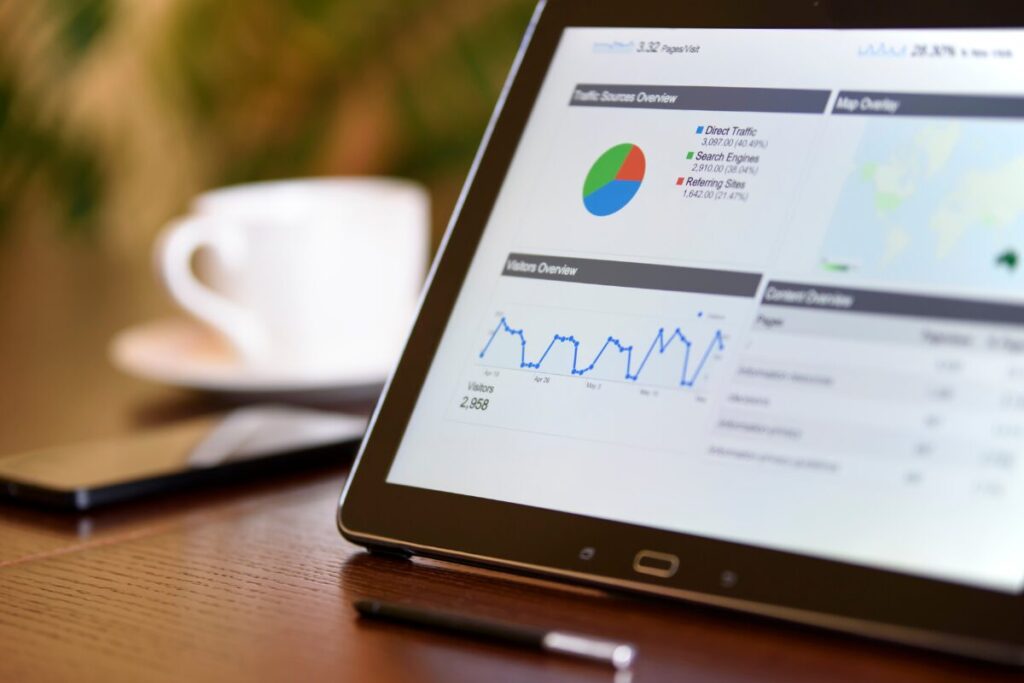What if your marketing could work smarter, not harder? What if every touchpoint, from social media to email to media coverage, amplified your message and worked together to improve performance?
That’s the power of integrated marketing campaigns! It’s a savvy strategy brands can use to cut through the noise and build lasting connections with customers.
What are integrated marketing campaigns?
Integrated marketing campaigns (IMCs) are all about delivering a unified message across multiple channels. That means that your branding and message are consistent no matter where the customer finds you.
Let’s clarify further. This means that your tagline, logo, campaign colors, main message and other campaign details are seamless across all marketing channels. This alignment and combining of public relations (PR), social and digital marketing efforts will boost performance and help your brand build trust with your customer. Sounds good, right?
Why integrated marketing campaigns drive better results
An integrated marketing campaign will provide a host of benefits and can even help to boost performance. Remember in the opening we said this is a marketing campaign that works smarter, not harder? Instead of sharing various messages across multiple channels and hoping that one sticks with your audience, an IMC will have a finely tuned message that connects well in multiple places.
Here are a few ways IMCs drive better results:
Consistent brand messaging across channels – Build trust and brand recognition with a consistent message across multiple channels. This way your customer isn’t left guessing about who you are and what you offer. They know what your brand is all about and exactly what it can do for them.
Encourages engagement – It’s rare that a customer will act on a first or even second impression. However, with a consistent message across all channels, customers are seeing your message multiple times, and the likelihood of engagement, and eventually action (purchase, sign up, follow, etc.) goes up.
Expanded reach and visibility – Trying to reach people with a different campaign for each channel is inefficient and makes brand recognition difficult for customers. One message will allow you to reach a broader audience and improve recollection from customers.
Makes the most of resources – Imagine how much effort and time it takes to craft individual campaigns for each channel. It’s a waste of resources! Instead, creating one strong message and then adjusting it for each channel is a much better use of time and budget.
Better tracking and measurement of campaign success – Tracking and campaign measurement is vital. It helps you prove that your message is working (or shines a light on areas of opportunity). With a consistent message, analytics can be streamlined, and not only will you be able to see if your message is working, you’ll be able to see which channels are the most effective and drive the biggest ROI.
Key components of an integrated marketing campaign
So, what does your brand need to include in an IMC? Great question! IMCs can have many different channels included. Remember, the major strategy is to have a consistent message across all channels. Here are a few channels to consider when creating your integrated marketing campaign:
PR initiatives – Media outreach, press releases and thought leadership
Social media marketing – Organic and paid social, influencer and partnerships
Digital marketing – SEO, SEM, content marketing, email, paid ads and listings
Steps to build an integrated marketing campaign
Want to make an IMC for your business but not sure how to start? Here are some important steps in building an integrated marketing campaign:
Set unified goals and KPIs – This is critical. How can you even know what your message will be if you don’t know the end goal? This step will inform all other steps. Be sure to get collaboration from all departments so everyone is on the same page.
Craft cohesive messaging and creative – Of course! You can’t have an IMC without cohesive messaging and creative. Think about how the message will translate across different mediums and channels while you’re drafting your main creative.
Align timelines and channels – Another important piece! If there is any sort of timed call to action (CTA) such as a limited-time offer or deadline this becomes doubly important. Be sure that you’ve selected the right channels for your audience, too.
Ensuring communication and collaboration across teams – This is important for goals and KPIs, but also important in general. If communication and collaboration across teams runs smoothly, then you’ll have a higher chance of creating a message that speaks to your audience and will drive desired results.

The power of consistency
Combining PR, social and digital marketing into an integrated marketing campaign will have your brand working smarter! IMCs boost customer trust and recognition, expand reach and visibility, encourage engagement, make the most of resources and deliver results. If you haven’t yet tried an IMC for your brand, now’s the time to deploy this strategy.
Want some help developing an IMC for your brand? Connect with the experts at Beyond Fifteen to learn how we can boost your marketing performance with this proven tactic.

